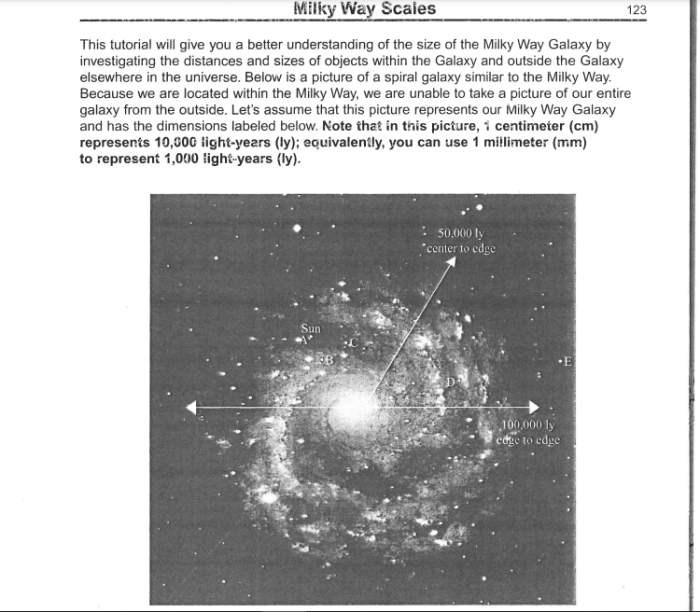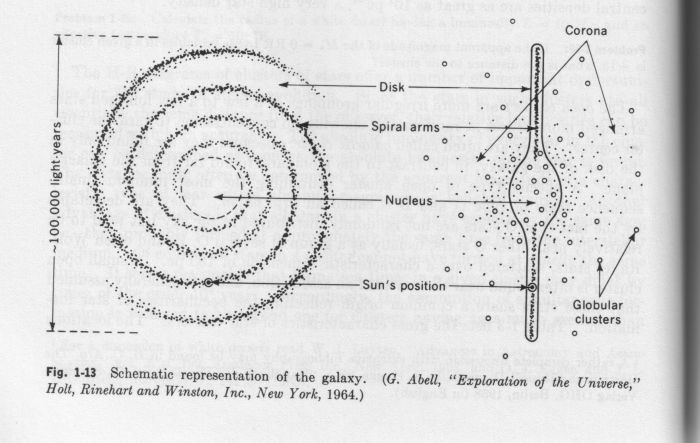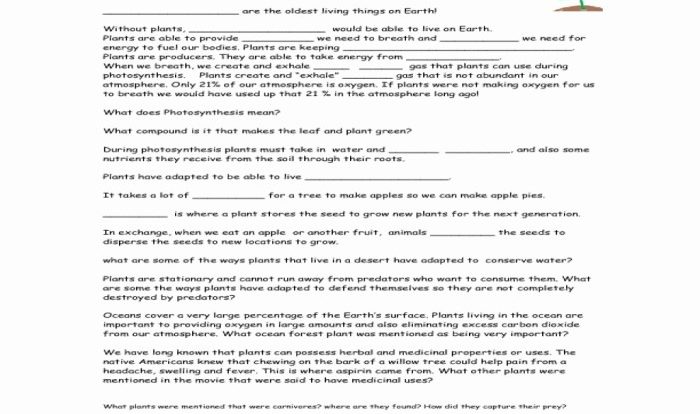Welcome to our comprehensive guide on Milky Way Scales Worksheet Answers. This guide provides a clear understanding of the concept, types, and methods of Milky Way scales, along with tips and resources to help you interpret and complete Milky Way scales worksheets.
Whether you’re a student seeking clarification or an educator looking for additional resources, this guide will serve as a valuable reference for all your Milky Way scales worksheet needs.
Milky Way Scales
The Milky Way scales are a set of scales that are used to measure the distance to stars and other objects in the Milky Way galaxy. The scales are based on the assumption that the Milky Way is a flat disk, and that the stars in the galaxy are distributed in a regular pattern.
There are two main types of Milky Way scales: the linear scale and the logarithmic scale. The linear scale is a simple scale that measures the distance to an object in parsecs (pc). The logarithmic scale is a more complex scale that measures the distance to an object in magnitudes.
Magnitudes are a measure of the brightness of an object, and they are inversely proportional to the distance to the object.
Milky Way scales are used by astronomers to measure the distances to stars, galaxies, and other objects in the Milky Way galaxy. The scales are also used to study the structure and evolution of the Milky Way galaxy.
Worksheet Answers

Milky Way scales worksheet answers can be used to identify the different types of Milky Way scales and to learn how to interpret them. The answers to the worksheet can also be used to complete Milky Way scales worksheets.
To identify the different types of Milky Way scales, look at the units that are used to measure the distance to the object. If the units are parsecs, then the scale is a linear scale. If the units are magnitudes, then the scale is a logarithmic scale.
To interpret Milky Way scales, you need to understand the relationship between distance and magnitude. The brighter an object is, the closer it is to the observer. The fainter an object is, the farther it is from the observer.
Milky Way scales worksheets can be used to practice identifying and interpreting Milky Way scales. The worksheets can also be used to learn about the structure and evolution of the Milky Way galaxy.
Examples and Methods
There are many different examples of Milky Way scales worksheets. Some of the most common worksheets include:
- Distance to stars worksheets
- Distance to galaxies worksheets
- Structure of the Milky Way galaxy worksheets
- Evolution of the Milky Way galaxy worksheets
Milky Way scales worksheets can be created using a variety of methods. Some of the most common methods include:
- Using a computer program
- Using a spreadsheet
- Using a graphing calculator
Milky Way scales worksheets can be a valuable tool for learning about the Milky Way galaxy. The worksheets can be used to practice identifying and interpreting Milky Way scales, and they can also be used to learn about the structure and evolution of the Milky Way galaxy.
Table Organization

| Scale Type | Answer | Explanation |
|---|---|---|
| Linear scale | Distance in parsecs | The distance to the object is measured in parsecs. |
| Logarithmic scale | Distance in magnitudes | The distance to the object is measured in magnitudes. |
Additional Resources: Milky Way Scales Worksheet Answers
- The Milky Way Galaxy
- NASA’s Chandra X-ray Observatory Creates Most Accurate Map of Milky Way’s Hot Gas
- Milky Way Galaxy: Facts, Formation and Discovery
FAQs
What are Milky Way scales?
Milky Way scales are a set of measurements used to describe the size, shape, and structure of the Milky Way galaxy.
What are the different types of Milky Way scales?
There are two main types of Milky Way scales: linear scales and logarithmic scales. Linear scales represent distances in equal increments, while logarithmic scales represent distances in powers of 10.
How do I interpret Milky Way scales worksheet answers?
To interpret Milky Way scales worksheet answers, you need to understand the scale type and the units used. Linear scales are typically expressed in light-years, while logarithmic scales are expressed in parsecs.

